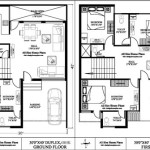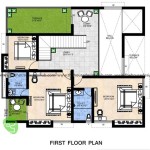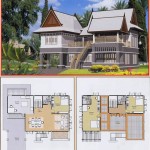Essential Aspects of Clubhouse Sprint Planning
Clubhouse sprint planning is a crucial process that sets the stage for successful software development. By establishing clear goals, defining tasks, and allocating resources, teams can ensure they are aligned and working towards a shared objective. Here are some essential aspects to consider:
1. Establish Clear Sprint Goals
The sprint goal is a concise statement that summarizes what the team aims to achieve during the sprint. It should be specific, measurable, achievable, relevant, and time-bound (SMART). Clearly defining the sprint goal provides a shared understanding of the team's purpose and motivates them throughout the process.
2. Break Down User Stories into Smaller Tasks
User stories are high-level descriptions of features or functionality that the team aims to develop. During sprint planning, these user stories are broken down into smaller, manageable tasks that can be assigned to individual team members. This ensures that the work is distributed evenly and each task is well-defined.
3. Estimate Task Effort and Duration
Once tasks are defined, the team estimates the effort required to complete each task. This is typically done using a technique called story pointing, where team members assign a number of points based on the complexity of the task. The total number of points for all tasks provides an estimate of the sprint's overall effort.
4. Set a Realistic Sprint Length
The sprint length should be long enough to allow the team to complete a meaningful amount of work, but short enough to maintain focus and momentum. Typically, sprints range from one to four weeks in duration. The optimal length depends on the team's size, velocity, and project complexity.
5. Allocate Resources Effectively
During sprint planning, the team identifies the resources needed to complete the tasks. This may include developers, designers, testers, or any other necessary specialists. The team allocates these resources to each task based on their skills and availability.
6. Track Progress Regularly
Throughout the sprint, the team should track their progress towards completing the sprint goal. This can be done through daily stand-up meetings, burn-down charts, or other tracking tools. Regular monitoring allows the team to identify any potential roadblocks or areas for improvement.
7. Hold Sprint Retrospective
At the end of each sprint, the team holds a retrospective to reflect on their performance and identify areas for improvement. This involves discussing what went well, what could be improved, and any lessons learned. The insights gained from the retrospective are invaluable for enhancing the team's sprint planning process and overall performance.
Conclusion
Clubhouse sprint planning is a collaborative process that involves setting clear goals, breaking down tasks, estimating effort, setting a sprint length, allocating resources, tracking progress, and holding retrospectives. By considering these essential aspects, teams can effectively plan their sprints and work towards delivering successful software products.

Space Planning Considerations For Scrum Teams Tradeline Inc

Space Planning Considerations For Scrum Teams Tradeline Inc

Clubhouse Model Ppt Powerpoint Presentation Summary Demonstration Cpb Graphics Example Slide Templates

Space Planning Considerations For Scrum Teams Tradeline Inc

Space Planning Considerations For Scrum Teams Tradeline Inc

The 8 Best Sprint Planning Tools For Remote Teams Jotform Blog

Shortcut Formerly Clubhouse Project Management Review For 2024 Indy

2024 Best Daily Scrum Tools Fellow

Board S Shortcut Formerly Clubhouse Io Integration

Agile Management Best Practices Tools Future








